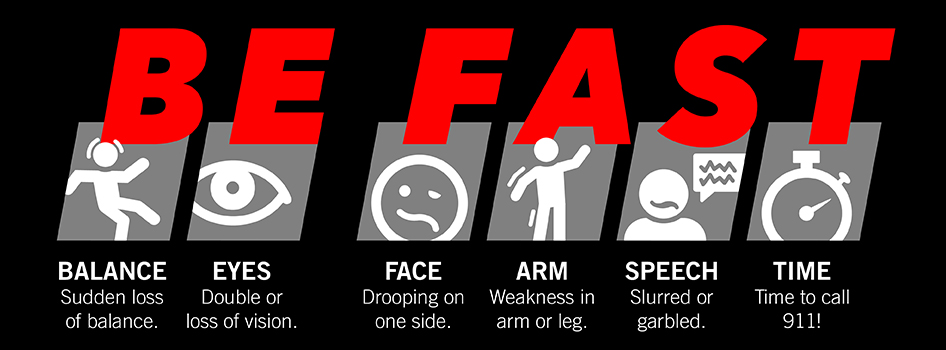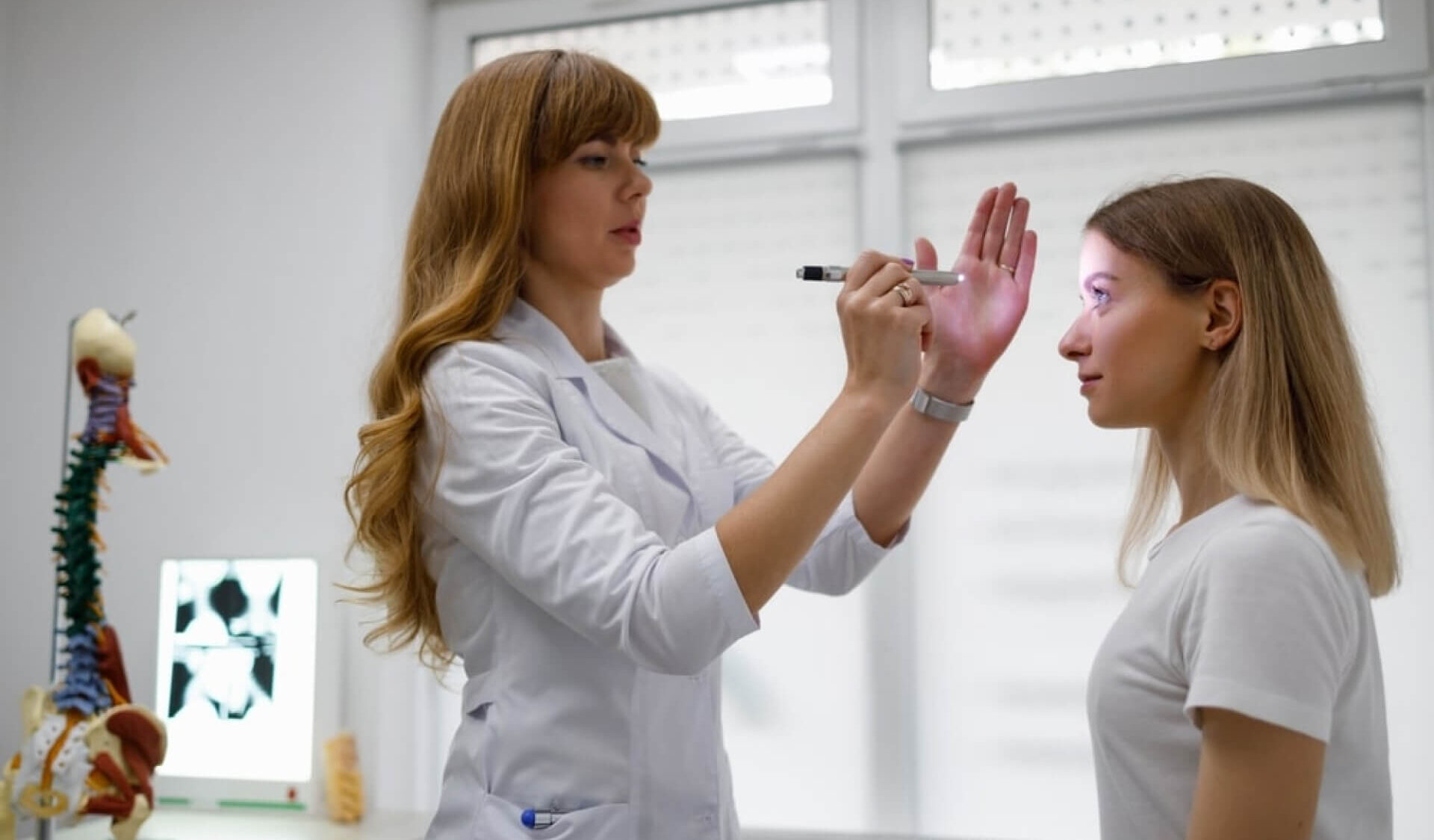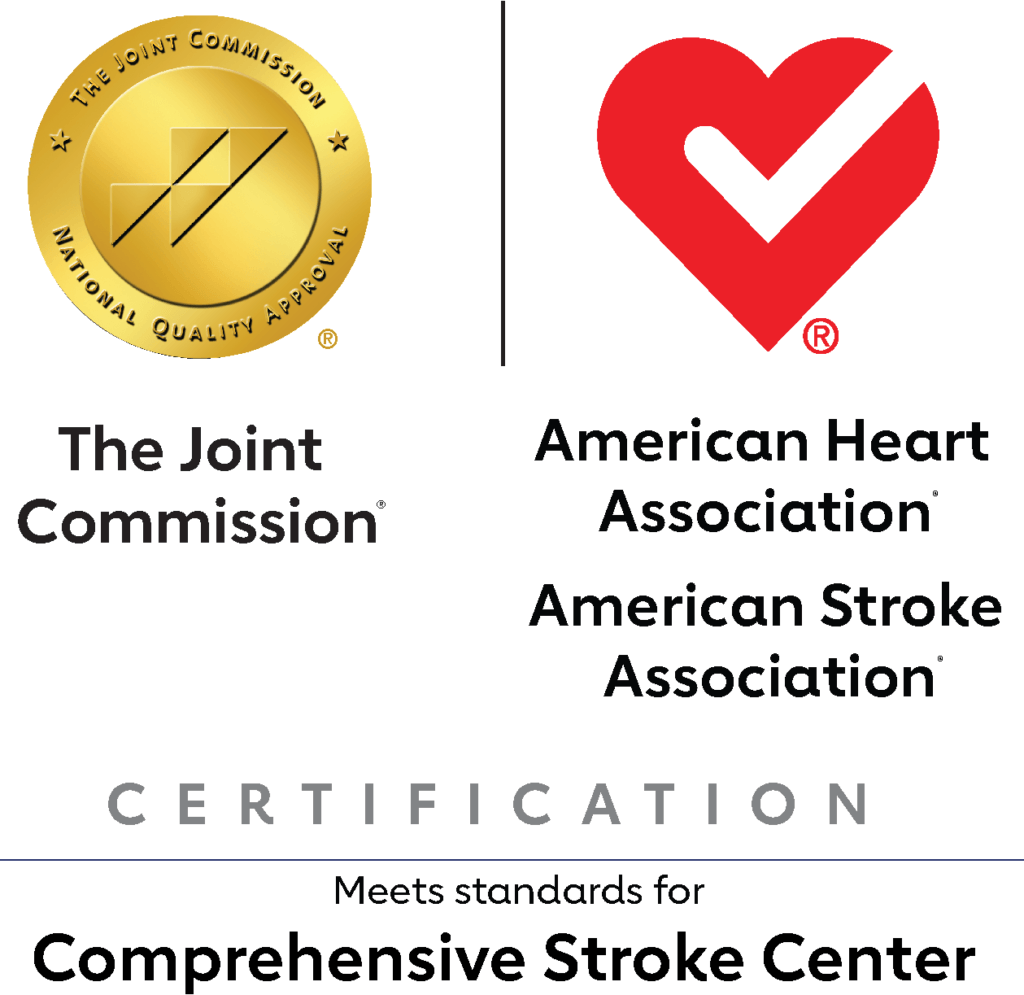
Transient Ischemic Attack (TIA)
Transient Ischemic Attack Overview
A transient ischemic attack (TIA), also called a mini-stroke, is a disturbance in brain function caused by a temporary blockage of blood to the brain.
The symptoms of a TIA are the same as those of an ischemic stroke, but TIAs do not result in lasting brain damage. The blockage causing the TIA becomes dislodged or is dissolved by natural clot dissolvers in the blood, called anticoagulants, and blood flow to the brain is restored before any permanent damage occurs.
A TIA is also called a “warning stroke” because about a third of the people who have a TIA have a more severe stroke within a year. Taking steps to prevent a stroke is an important way to respond to a TIA.
Even though a TIA may resolve within minutes, anyone who has stroke-like symptoms should dial 9-1-1 immediately. It is never safe to assume symptoms will resolve on their own.
Recognizing a stroke quickly and calling 9-1-1 leads to faster diagnosis and treatment and better recovery. People should “BE FAST” when it comes to stroke.
Here’s how to BE FAST:
- B – BALANCE: Ask the person to walk. Do they have trouble keeping their balance or walking normally?
- E – EYES: Ask the person about their eyesight. Have they lost vision or experienced vision changes in one or both eyes?
- F – FACE: Ask the person to smile. Does one side of the face droop?
- A – ARMS: Ask the person to raise both arms. Does one arm drift downward?
- S – SPEECH: Ask the person to repeat a simple phrase. Is their speech slurred or strange?
- T – TIME: If you observe any of these signs, call 9-1-1 immediately.


Transient Ischemic Attack (TIA) Symptoms
The signs of an ischemic stroke depend on the side of the brain that is affected, the part of the brain affected, and how long the brain has been deprived of blood. Therefore, each person may have different stroke warning signs.
The most common symptom of a transient ischemic attack (TIA) or ischemic stroke is sudden weakness of the face, arm, or leg, usually on one side of the body.

Symptoms of TIA may include:
- Blindness in one or both eyes
- Difficulty speaking (for example, slurred speech)
- Dizziness and vertigo
- Double vision
- Generalized weakness on both sides of the body
- Impaired consciousness (such as confusion)
- Loss of coordination
- Seizure
- Sudden numbness or weakness of face, arm or leg, especially on one side of the body
- Urinary incontinence
Stroke is a medical emergency. If you or someone you know has these symptoms, call 9-1-1 and seek medical attention immediately.

Transient Ischemic Attack (TIA) Treatments
Once the transient ischemic attack (TIA) causes have been determined, the goal of treatment is to correct the cause in order to prevent a future stroke.
Your physician may suggest medications to prevent stroke, such as antiplatelet (aspirin, thienophyridine derivatives) and anticoagulant drugs (warfarin) that make your blood less prone to clotting.
In an emergency setting, your doctor may administer thrombolytic agents (tissue plasminogen activator, or tPA) to dissolve blood clots that are blocking blood flow to the brain.
If your neurologist determines that partial blockage of your carotid artery (the blood vessel on each side of the neck that carries blood to the brain) is responsible for your stroke, one of the following medical procedures may be recommended:
- Carotid endarterectomy –a surgical procedure to clear carotid arteries of fatty deposits
- Carotid angioplasty –uses a balloon-like device to open a clogged artery and places a small wire tube (stent) into the artery to keep it open
Additional transient ischemic attacks or ischemic strokes may be prevented by managing risk factors, such as quitting smoking, treatment of high blood pressure and heart disease, and control of blood sugar levels for those with diabetes.
Additional Information on Transient Ischemic Attack
Is transient ischemic attack preventable?
TIA is preventable. Around 80% of strokes could be prevented by lifestyle and behavior modification and control of healthcare conditions like diabetes, obesity, and high cholesterol. If you have any of the following risk factors, speak to your doctor about it. They will work with you to help get them under control and reduce your risk of stroke.
- Smoking
- High blood pressure: systolic blood pressure greater than 140 mm/Hg; diastolic blood pressure greater than 85 mm/HG
- Diabetes: hemoglobin A1c, an index on how blood sugar is controlled, should be less than 5.7%
- Hypercholesterolemia: your “bad cholesterol”, LDL, should be around 70 mg/dL
- Physical inactivity and obesity
- Excessive alcohol consumption
How common is transient ischemic attack (TIA)?
One in three people in the U.S. may experience a TIA at some point in their lives.
Who gets transient ischemic attack (TIA)?
A TIA may occur at any age, however, the risk of a TIA increases after age 55.
How is transient ischemic attack (TIA) diagnosed?
An episode is diagnosed as a transient ischemic attack when there is evidence of a blockage, but no lasting damage has occurred. Identifying the precise cause of the TIA is important for preventing a future stroke. To diagnose and determine TIA causes, your doctor may use any of the following:
- Physical examination
- Medical history
- Computerized tomography (CT) or magnetic resonance imaging (MRI)
- Computerized tomography angiography (CTA), magnetic resonance angiography (MRA), or arteriography to evaluate the arteries in your neck and brain
- Carotid ultrasonography to look for narrowing or clotting in your carotid arteries
- Echocardiography to create an ultrasound image of your heart
- Blood tests to rule out other conditions, such as low blood sugar(hypoglycemia)
- Cerebrovascular Testing
Information and Resources
American Stroke Association
Medscape
Merck Manual
National Stroke Association
NCBI | NIH





